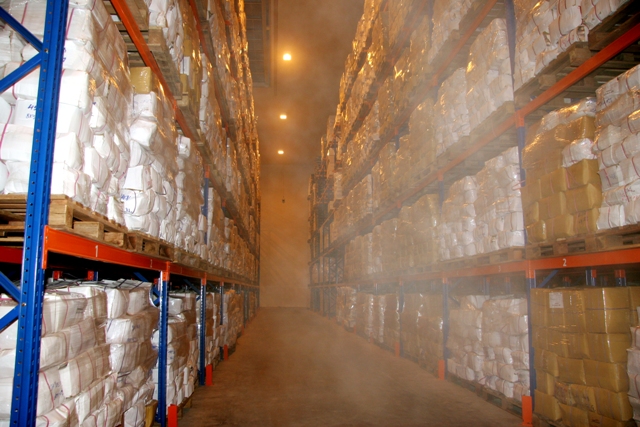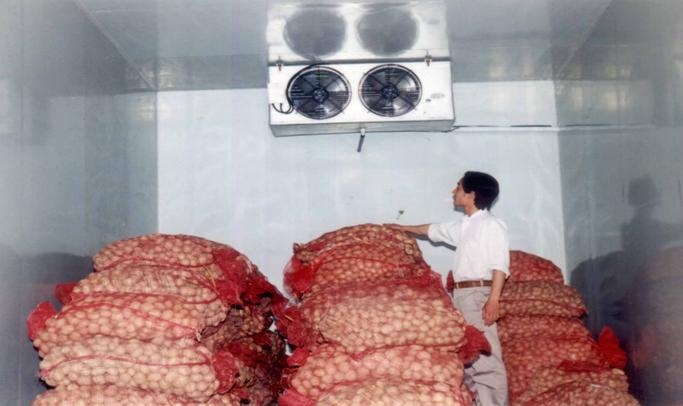The way to store the product in the cold storage is similar to that in the refrigerator. Using cold temperatures inhibits the growth of microorganisms from which the product lasts longer. Cold storage is superior to other methods. Storage of cold storage extends the shelf life of the product, so learn how to change the product during storage in cold storage.
Transformation of fat
The action of the internal enzyme causes the fat to break down, plus the process of sublimation of the ice causes oxygen to enter the food. It is a favorable process for fat oxidation to occur. Oxidation of fat produces bad tastes that reduce the value of the product. In many cases this is the cause of the full time product preservation. Oxidizing pigments also alter the color of the food.
Transformation of protein
For protein soluble in water, it is most susceptible to degradation, the major resolution under the effect of enzymes is available in the food. Diffusion of water resulting from the message and sublimation of ice cause the denaturation of the soluble protein. Protein transformation reduces the quality of the product when used.
Microbial transformation
Frozen products have a temperature lower than -15 degrees Celsius and are kept stable, the number of microorganisms decreases with time of storage. If the product is frozen unevenly, poor hygiene standards, unstable storage temperature will cause the product to be contaminated with microorganisms, they work to decompose products and reduce the quality of products.
Physical transformation
Crystalline ice
For frozen products during storage if we do not maintain stable storage temperatures will result in the crystallization of ice. This is the phenomenon that causes bad effects on preservation products. Since the concentration of solute in different ice crystals is different, the crystallization temperature and melting temperature are different.
As the temperature rises, ice crystals of small size and low melting point will dissolve in front of large crystals and high melting temperatures. As the temperature goes down again, crystallization occurs again, but they crystallize with large ice so that the ice crystals grow larger and larger. The increase in the size of ice crystals will adversely affect the foodstuffs, particularly the cellular structures that are broken down, when using the product will be softened, the increased nutrient utilization due to dehydration increase the taste of the product decreased.
In order to avoid ice crystallization, the storage temperature must be kept stable during the preservation process and the permissible temperature fluctuation is ± 2 ° C.
The sublimation of ice
During storage of frozen products due to the phenomenon of water vapor in the air condensed into snow on the indoor unit makes the moisture in the air decreases. This leads to the differential evaporation pressure of the ice at the surface of the product with its surroundings. As a result, the ice is sublimated, the water vapor entering the product surface with the air environment. Ice at the surface is sublimated, then the inner layers of food are also sublimated.
The ice sublimation of food makes the food structure porous, hollow. Oxygen air is easy to penetrate into the oxidation product. Oxidation occurs, resulting in loss of weight, solubility, and bad taste, especially in lipid oxidation.
In order to avoid ice picking, frozen products should be packed and the air removed. If there is internal air there will be snow phenomena on the surface of the packaging and the process of sublimation still occurs.

